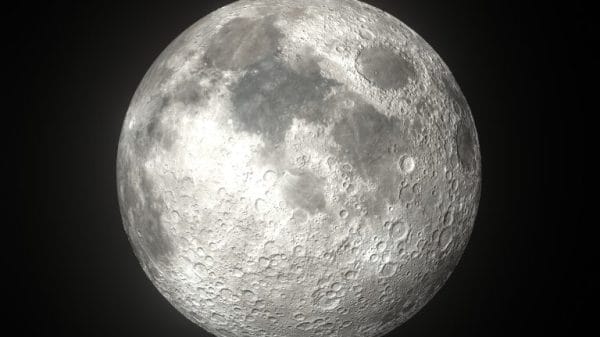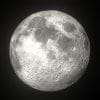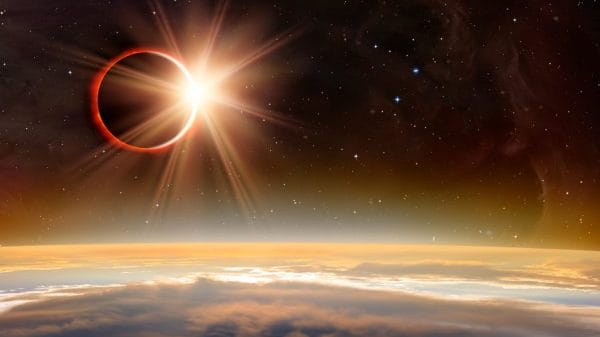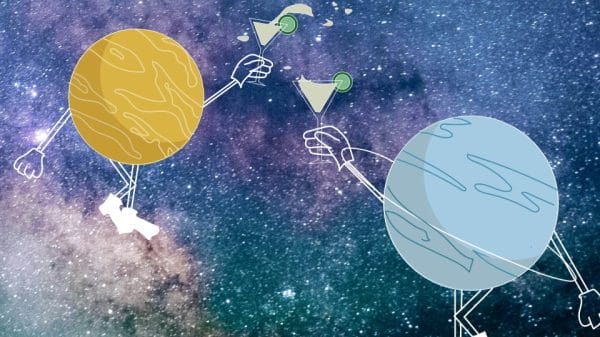COVID-19 currently looms like a dark cloud over the world, taking away all certainty. All we can do is muddle through these unprecedented times until normality resumes. However, we have reason to believe that darkness will make way for the light. One of the brightest comets for two decades is expected to arrive by the end of April which should look “really, really stunning” according to The Times, Daniel Brown, an astronomy expert at Nottingham Trent University.
This comet is not something anyone will want to miss. Due to the world being on lock-down, it will never be easier for everyone to see it from the comfort of their own home. Scientists say that people in the North Hemisphere will get a clearer view of the comet, but it cannot be disputed that this comet will be the ray of hope we are all looking for.
Over the past few weeks, the comet has been getting brighter “much faster than expected” according to Karl Battams, a worker in the Naval Research Lab. This seems rather ominous that in times of crisis nature strikes back with displays of beauty.
At the end of April, I expect people who are still self-isolating, in a hospital or living alone will take comfort in the comet’s arrival. Everyone will be united in seeing the comet hurtling towards the sun which will resonate feelings of hope.

The timing could not be better as everyone is searching for light in these dark times. So, momentary glimpses of light are exactly what the world is looking for.
So, while nature can be cruel, it always remembers to find beauty even in the most difficult of times. And that beauty is this comet.














